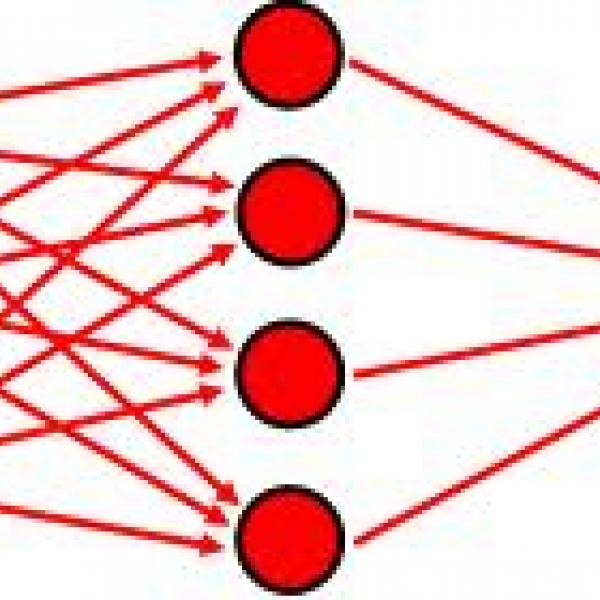Selected Publications
Book
Conroy GC and Pontzer H
(2012) Reconstructing Human Origins: A Modern Synthesis (3rd ed.). W.W. Norton and Co., NY, 732p.
Peer Reviewed Articles
Conroy, GC
(2002) Speciosity in the early homo lineage: too many, too few, or just about right? J. Hum. Evol. 43:607-614.
(2003) The inverse relationship between species diversity and body mass: do primates play by the rules? J. Hum. Evol., 45:783-795.
(2006) Creating, analyzing, and querying paleoanthropological maps using GIS: an example from the Uinta Basin Utah. Evol. Anthropol. 15:217-223.
Conroy GC, Vannier MW, Tobias PV
(1990) Endocranial features of Australopithecus africanus revealed by 2 and 3-D computed tomography. Science, 247:838-841.
Conroy GC, Mahoney J
(1991) Mixed longitudinal study of dental emergence in chimpanzees of known age and sex. Amer. J. Phys. Anthrop., 86:243-254.
Conroy, GC., Pickford, M., Senut, B., Van Couvering, J., Mein, P.
(1992) Otavipithecus namibiensis, first Miocene hominoid from Southern Africa (Berg Aukas, Namibia). Nature. 356:144-148.
Conroy, GC. and Kuykendall, K.
(1995) Paleopediatrics: or when did human infants really become human? American Journal of Physical Anthropology 98:121-131.
Conroy, GC., Weber, G., Seidler, H., Tobias, P.V., Kane, A., Brunsden, B.
(1998) Endocranial capacity in an early hominid from Sterkfontein, South Africa. Science 280: 1730-1731. (cover feature)
Conroy GC, Falk D, Guyer J, Weber G, Seidler H, Recheis W
(2000) Endocranial capacity in STS 71 (Australopithecus africanus) by three dimensional computed tomography. Anat. Rec., 258:391-396.
Conroy GC and Smith RJ
(2007) The size of scalable brain components in the human evolutionary lineage: with a comment on the paradox of Homo Floresiensis.. Homo, 58:1-12.
Conroy GC, Anemone RL, Van Regenmorter J, Addison A
(2008) Google eart, GIS, and the great divide: a new and simple method for sharing paleontological data. J. Hum. Evol. 55:751-755.
Anemone, R., Conroy, GC, Emerson
(2011) GIS and Paleoanthropology: Incorporating New Approaches from the Geospatial Sciences in the Analysis of Primate and Human Evolution. Yrbk. Phys. Anthropol. 54:19-46.
Anemone, R., Emerson,C. Conroy, G.
(2011) Finding Fossils in New Ways: An Artificial Neural Network Approach to Predicting the Location of Productive Fossil Localities. Evol. Anthropol. 20:169-180.
Conroy, GC, Emerson, C., Anemone, R., Townsend, K.
(2012) Let your fingers do the walking: a simple spectral signature model for “remote” fossil prospecting. J. Hum. Evol. 63:79-84.





